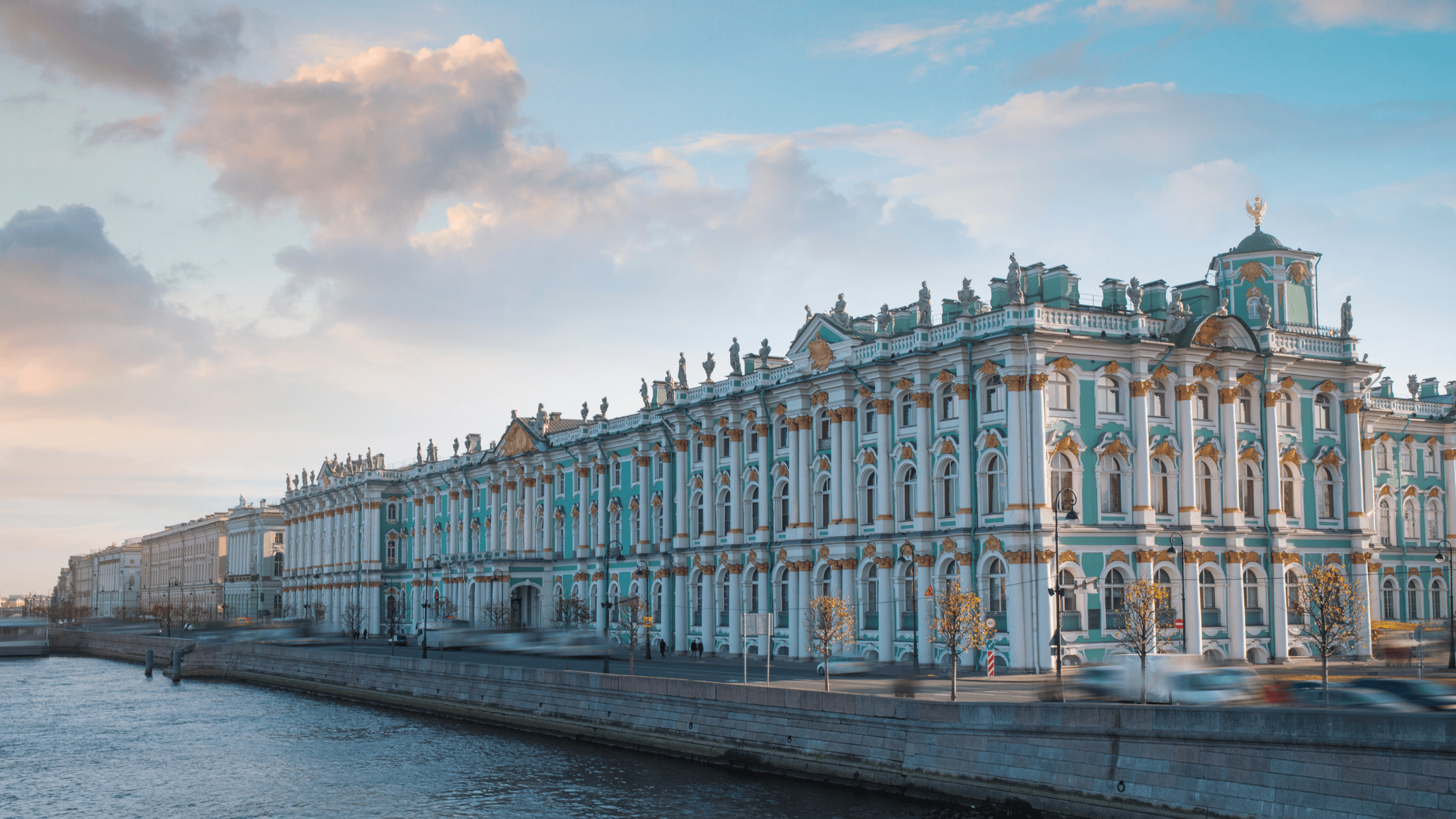
The Ossetian – Ingush conflict is one of the many Caucasian conflict opposing North Ossetia – Alania to Ingushetia for decades.
Here is a short explanation of it so you will be able to understand why your friendly Ingush taxi driver strongly refuse to drive you from Nazran to Vladikavkaz only 30 kilometers away, in the “Ossetian enemy territory”, and vice versa.
Last updated : 09/01/2024
19th century
The Northern side of the Caucasus has been conquered by the Tsar’s army in the 19th century. Mostly forced into the Russian Empire after violent fights, a war on the Eastern side that lasted for about half a century and a genocide of the Circassian tribes on the Western side. Ossetians are one of the few who submitted themselves to the Tsar.
Cossacks moved to the Prigorodny region after expelling Ingush people. They established the Cossack line along the Sunja river. It’s an important strategic point to control the Caucasus as it is located near to the Georgian Military Highway.
1917
During the Russian Revolution in 1917, the Prigorodny Cossacks supported the anti Communists White Army and Ingush people on the other side supported the Bolcheviks. After their victory, they gave, or actually gave back the Prigorodny region to the Ingush.
1944
Despite the support they gave to the Communists, Stalin accused Ingush people of collaboration with the Nazis. The entire population of Ingushetia has been deported to Central Asia within a few days in February 1944.
The ones who refused to leave were shot by Soviet soldiers. Many of them died on the way. Ingush Soviet soldiers who were fighting on the front line were deported later.
The territories of the Chechen-Ingush Autonomous Soviet Socialist Republic were given to their neighors : Ossetians, Georgians and Dagestanis. Many North and South Ossetians as well as ethnic Russians moved to the Ingush territories or were forced to do so.
1957
On their return from exile in 1957, the Ingush territory have been only partly given back. That means the territory of 1944 but without the Prigorodny region. It stayed part of the the North Ossetian Autonomous Soviet Socialist Republic.
In order to move back to the now Ossetian Prigorodny, Ingush people needed to obtain a permit. Difficult to get, it was necessary to find a job and a place to live. Ingush people working on Ossetian soil were facing job and education discriminations. Tensions increased.
1990
In 1990 during the Perestoyka, clashes between Ossetians and Ingush were out of control. In 1992 Boris Eltsin supported the restauration of the Republic of Ingushetia, separated from Chechnya. Ingush people asked Ossetians to suspend the prohibition of residence permit issue in the Prigorodny and to create a comitee for the Ingush people deportation in 1944. Their requests were rejected.
Protests and violences started in April 1991. Over a thousand Russian soldiers have been deployed in the Prigorodny region. In November the same year, Ingushetia and Chechnya became two seperate Republics. Ingushetia ended up without any capital city and government for a year and a half.
1992
Despite many requests from Ingush people, the Russian authorities didn’t take any actions and an armed conflict broke out in october 1992. Waves of South Ossetian refugees moved to the Prigorodny region. Many of them and also paramilitary groups took part in the conflict opposing North Ossetia and Ingushetia.
They played a crucial role in the expulsion of Ingush people : violence, lootings and appropriation of land and houses. Weapons used by the Ossetians came directly from South Ossetia at war with Georgia, Ingush ones came from Chechnya fighting with the central Russian governement.
The Human Rights Watch report spoke about human rights violations on both sides : random firing, destroyed houses, hostage taking and murders of civilians.
Some accused the Russian government to have pretended to control the situation, while others accused them of taking part to these lootings. Murders and hostage taking happened until 1994.
HRW accused the Russian government to have done absolutely nothing to protect the civilian population of Prigorodny, weither they were Ossetians, Ingush or ethnic Russians. The number of Ingush refugees was estimated to be between thirty to forty thousands.
Today
Since then, a clear and impassable demarcation line is minotored 24/7 by the Russian army on the east side of the Sunja river. The east Prigorodny region stayed under Ossetian control.
The 2004 Beslan attack revived tensions because some Ingush men were part of the terrorists.
In 2021 the Ossetian – Ingush conflict hasn’t been solved yet, tensions and hatred are palpable still.
Enjoy what you read and learn? Think about buying me a chai to support the blog !



